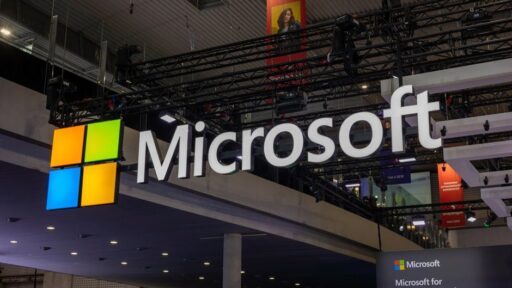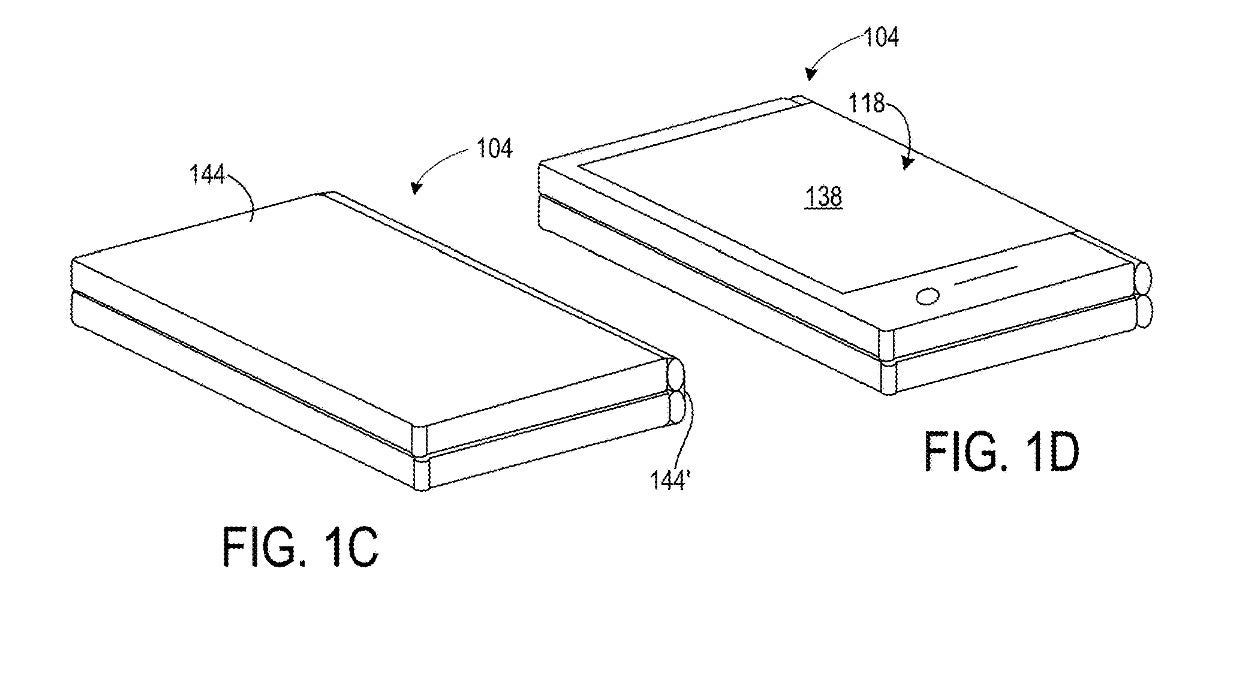Microsoft has figured out a way to eliminate a major problem with foldable phones

Suppose we told you that there is a sign that Microsoft is working on its first foldable phone. Sorry, but the Surface Duo doesn’t count as a foldable since it was a dual screen phone in reality with an annoying hinge in the middle separating the two individual displays. Back in February 2021, Microsoft filed for a patent with the U.S. Patent and Trademark Office (USPTO) and was granted the patent on October 1st of this year. Patent US 12,108,620, titled “Foldable Display Device with Backplate Slots,” includes illustrations of a book-style foldable phone like the Galaxy Z Fold 6.
What makes this foldable different from the Galaxy Z Fold 6 or other book-style foldables is that the phone can fold either way (inward and outward) and change into a tablet, a laptop with a virtual QWERTY keyboard, and other variations. The display features a layer that emits light between a glass layer and the rear cover. Slots in the cover glass layer and backplate help the display bend and fold easily without creases regardless if the display is fully open and lying flat, or folded up.

That’s right. According to the patent Microsoft claims to have finally figured out a way to end the screen crease from ruining the experience of using a foldable phone. Also helping Microsoft get rid of the dreaded screen crease would be the use of manufacturing techniques such as wet etching and laser cutting.

The dual-screen Surface Duo 2.
Microsoft failed to turn the dual-screen Surface Duo into a big hit even though the second-gen model was much improved from the first-generation Surface Duo. A Surface Duo 3 was canceled by the crew in Redmond.

Illustration from Microsoft’s patent for a foldable with a display that does not have a crease.
For Microsoft to make a big splash in foldables, getting rid of the crease would be a major step in the right direction as would the ability to fold the display 360 degrees. Sure, the Surface Duo could “fold” 360 degrees, but it was not technically a foldable phone. If Microsoft can create a phone carrying a screen that bends and has the attributes listed in the patent, it might be able to make a mark in this growing sector immediately. But the company will need to come up with features that take advantage of a screen that folds 360 degrees.